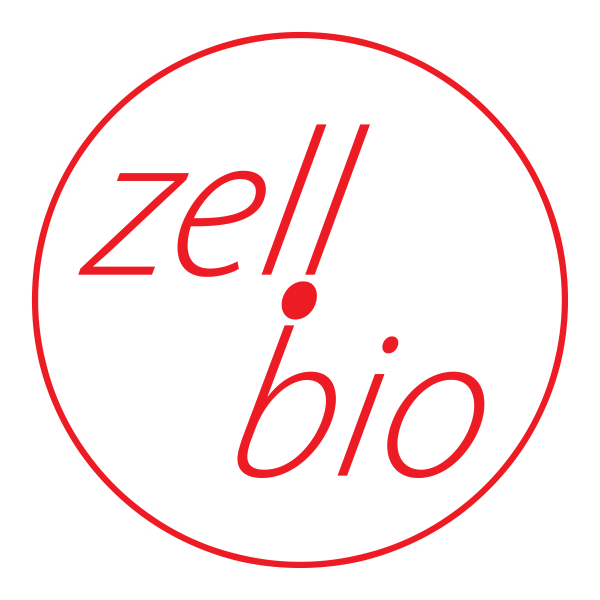Sir, if you were my husband, I’d put arsenic in your tea.”
-Lady Astor to Winston Churchill
Being colorless, odorless, tasteless in food and beverages, and appearing to cause symptoms similar to food poisoning, arsenic has had a sinister history as an ideal poison. Often a foe, this seemingly sly element has also been a medical savior from time to time.
Historically, its deadly properties were recognized and employed before its utility in medicine was ever considered. For Roman politicians, it was a popular tool used to remove a rival and foe, and for women, it offered one of the only available means to escape from a difficult marriage. (Note: GoldBio does not endorse the use of arsenic as a marital aid or for political gain.)
Poisoning had become so notorious, especially in high ranking officials, that it became hard to believe anyone of status died from natural causes.
During the late Renaissance, Giulia Tofana spent her younger years in apothecaries, and later she became an infamous professional poisoner in Italy. Tofana was famed for her product Aqua Tofana, its primary ingredients being arsenic and lead. Aqua Tofana was often mixed in cosmetics and sold with instructions for use to female patrons. With the help of another Italian woman named Hyeronyma Spara, it is believed that more than 600 people died from this poison, most of whom were husbands of their clients.
Arsenic, at toxic levels, not only wreaks havoc on the body by causing abdominal cramping, shock and death, but it is also menacing to DNA after long periods of exposure, causing hypermethylation. The methylation activity can lead to epigenetic changes in genes. As a result, inorganic arsenic compounds are considered carcinogenic.
Despite its unfriendly nature and history, the great poison has also acted as a healing agent, most notably as a base for the first effective treatment of syphilis. And even today in modern medicine, arsenic based drugs are playing an important role in the treatment of illnesses, particularly in the treatment of cancer.
Pancreatic cancer has a distressing prognosis because metastases develops early and tumor cells have a low response to chemotherapy. Often upon diagnosis, the tumor has spread beyond the pancreas. According to the American Cancer Society, the five year relative survival rate is 6%.
Gemcitabine is a common post-op chemotherapeutic treatment for pancreatic cancer. This nucleoside analog replaces cytidine during DNA replication, inhibiting tumor growth which results in cell apoptosis. The drug also works by binding to the ribonucleotide reductase active site, inactivating the enzyme, making the cell unable to produce deoxyribonucleotides for replication.While this process also induces apoptosis, the drug alone is not effective enough to promote higher survival rates. Therefore, researchers are developing more promising outcomes by using KML001 (sodium meta-arsenite) to reinforce other treatments.
KML001 is an inorganic arsenic based drug that has moved into clinical trials for prostate cancer, and due to its success, it has now become the subject of research in treating pancreatic cancer.
Researchers from the Sungkyunkwan University School of Medicine in Seoul, Korea investigated the effects KML001 had on cell proliferation, metastases inhibition and apoptosis.
In order to measure the inhibition of pancreatic cancer cell proliferation using the drug, researchers used the Dojindo Cell Counting Kit-8 to examine the proliferation of normal pancreatic cells (HPDE-4) versus pancreatic cancer cells (MIA PaCa-2). Researchers treated both cell lines with KML001 and, in both cell lines, the research team found the drug to be significantly effective in reducing proliferation in a time-dependent and dose-dependent manner.
Their research also showed that treating the cancer cell line with KML001 reduced migration, increased apoptosis, and it suppressed the activity of NF-kB p65 (involved in migration, invasion, angiogenesis and metastases) and VEGF-C activity.
The success of this study is not surprising. Using poison to treat cancer and other illnesses has never been a new concept. Antivenom is made from venom, vaccines use less virulent viruses and many traditional chemotherapeutic agents are cytotoxic. In most cases, the line between poison and cure is thin, and biochemistry teaches us that it’s not always the compound that kills, it’s the concentration.
Yang, M.H., Kim, H.T., Lee, K.T., Yang, S., Lee, J.K., Rhee, J.C. (2014). KML001 inhibits cell proliferation and invasion in pancreatic cancer cells through suppression of NF-kB and VEGF-C. Anticancer Research 34(7), pages 3469-3474.
 Karen Martin GoldBio Marketing Coordinator |
“To understand the universe is to understand math.” My 8th grade |
Category Code: 88241 79101
